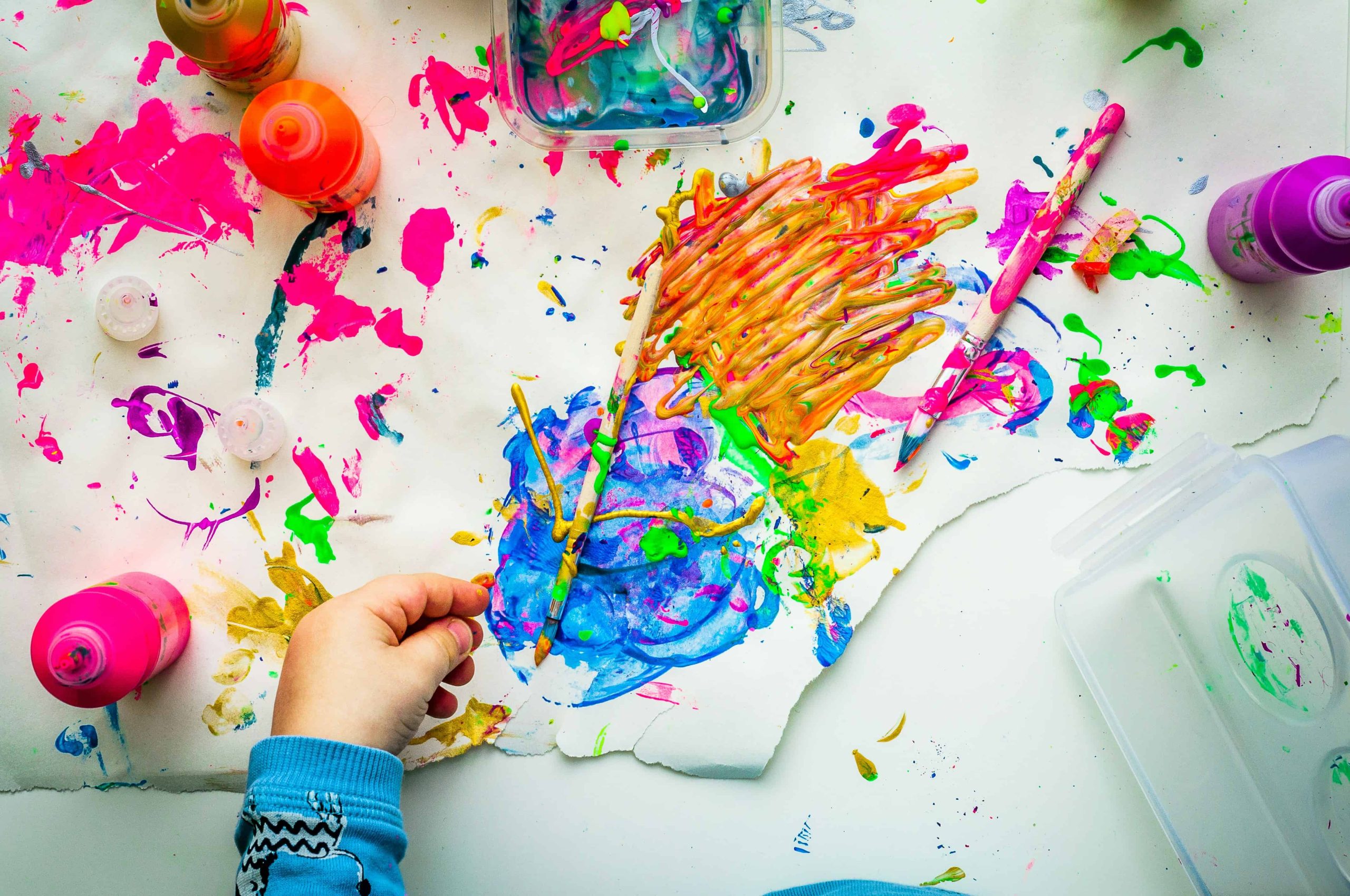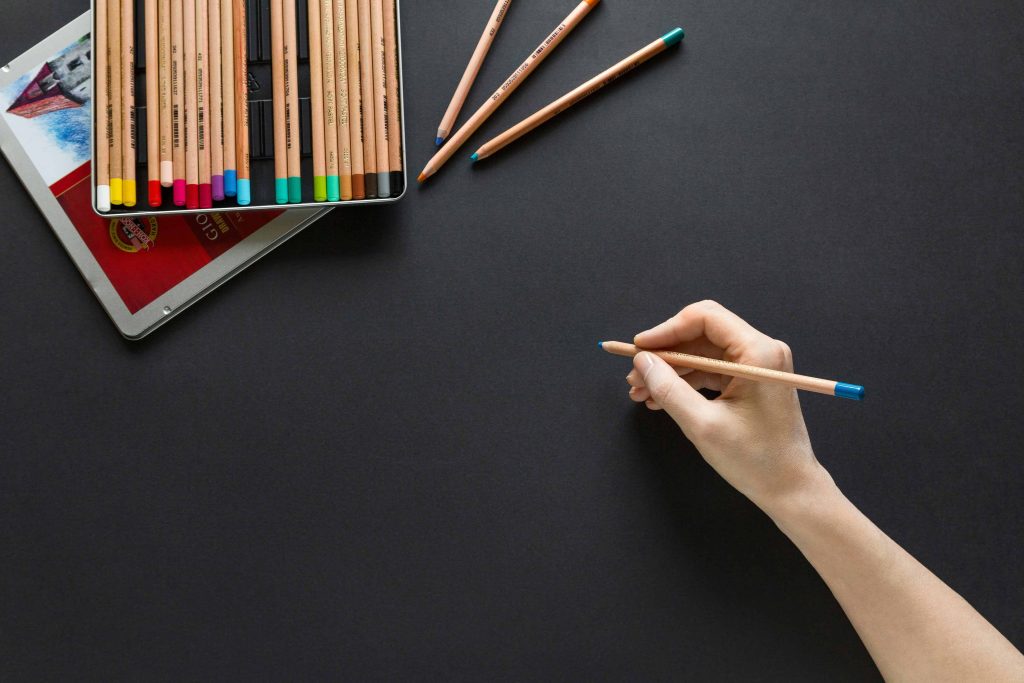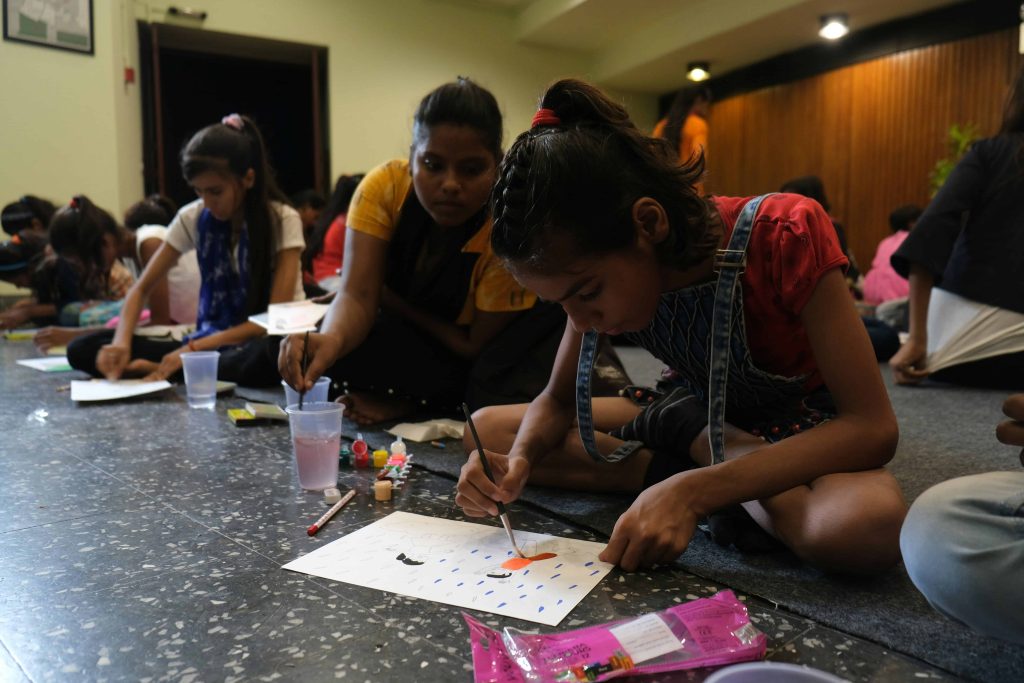
21 Jun Educational Programs Promoting Global Art Exchange
Cultivating Creativity: The Role of Global Art Exchange in 21st Century Education
Art serves as a universal language, transcending borders and cultures and fostering understanding and communication among diverse communities. In an increasingly interconnected world, the importance of global art exchange in education cannot be overstated. Educational programs are emerging as catalysts for this exchange, bringing together students and artists from around the world to collaborate, share, and learn from one another’s artistic expressions.
Art has long been recognized as a powerful tool for promoting global understanding and communication. From ancient cave paintings to modern multimedia installations, art serves as a reflection of society, culture, and individual experiences. As the world becomes more interconnected, the need for cross-cultural dialogue and collaboration has never been greater. Educational programs dedicated to promoting global art exchange play a crucial role in fostering empathy, appreciation, and cooperation across borders.

Program Examples
K-12 Programs
In K-12 educational settings, global art exchange programs introduce students to the rich diversity of artistic traditions from around the world. These programs often involve:
- Art creation around shared themes: Students create artwork inspired by common themes or concepts, allowing them to explore cultural similarities and differences.
- Physical or digital artwork exchange: Students exchange their artwork with peers in other countries, providing an opportunity for cross-cultural dialogue and appreciation.
- Online discussions and collaboration tools: Virtual platforms facilitate communication and collaboration between students, enabling them to share ideas, provide feedback, and collaborate on projects in real-time.
University Programs
At the university level, global art exchange programs offer more advanced opportunities for collaboration and cultural exchange. These programs may include:
- Joint art projects with international partners: Students collaborate with peers from partner institutions on interdisciplinary art projects, fostering cross-cultural understanding and artistic innovation.
- Exchange programs for art students: University students have the opportunity to study abroad or participate in residency programs, immersing themselves in different cultural contexts and expanding their artistic horizons.
- Virtual galleries showcasing global artwork: Online galleries provide a platform for students to exhibit their work and engage with a global audience, promoting cultural exchange and dialogue beyond physical borders.

Benefits of Global Art Exchange Programs
Cultural Appreciation
Global art exchange programs offer numerous benefits, including:
- Exposure to diverse artistic styles and techniques: Students gain exposure to a wide range of artistic traditions, expanding their aesthetic vocabulary and appreciation for cultural diversity.
- Understanding of different cultural perspectives: By engaging with artwork from different cultures, students develop empathy and understanding for diverse worldviews and experiences.
Development of Skills
Participation in global art exchange programs also fosters the development of essential skills for the 21st century:
- Communication and collaboration across borders: Students learn to communicate effectively and collaborate with peers from different cultural backgrounds, honing their interpersonal skills and cultural competency.
- Digital literacy and technology integration: By leveraging digital tools and platforms, students gain valuable experience in digital media production, online collaboration, and virtual presentation.
- Critical thinking and problem-solving: Engaging with diverse artistic perspectives challenges students to think critically, analyze complex problems, and develop innovative solutions.

Challenges and Considerations
While global art exchange programs offer numerous benefits, they also present unique challenges and considerations, including:
Language barriers and cultural differences
Effective communication and collaboration across cultural and linguistic barriers require sensitivity, patience, and cross-cultural competency.
Access to technology and resources
Not all students may have equal access to technology or art resources, posing challenges to participation and engagement in global art exchange programs.
Program design and sustainability
Designing sustainable and impactful global art exchange programs requires careful planning, coordination, and ongoing evaluation to ensure long-term success and relevance.

Conclusion
In conclusion, global art exchange programs hold immense potential for promoting cross-cultural understanding, collaboration, and creativity in education. By fostering empathy, appreciation, and cooperation across borders, these programs play a vital role in shaping the next generation of global citizens and artists. As we look to the future, the continued expansion and evolution of global art exchange initiatives will be essential for building a more interconnected and culturally enriched world.
Key Takeaways
- Global Art Exchange: Vital for fostering understanding and communication in an interconnected world.
- Program Examples:
- K-12: Introduce diversity, encourage artwork creation, and facilitate cross-cultural dialogue.
- University: Offer advanced collaboration opportunities, exchange programs, and virtual galleries.
- Benefits:
- Cultural Appreciation: Enhances empathy and aesthetic understanding.
- Skill Development: Improves communication, collaboration, and critical thinking.
- Challenges:
- Language and Cultural Barriers: Require sensitivity and cross-cultural competency.
- Access to Technology: Disparities may hinder participation.
- Conclusion: Global art exchange programs are essential for shaping global citizens, fostering creativity, and building a culturally enriched world. Continued expansion and evolution are crucial.
FAQs
Why are global art exchange programs important in education?
Global art exchange programs are essential in education as they promote cross-cultural understanding, communication, and collaboration. These programs expose students to diverse artistic traditions, cultivate empathy for different cultural perspectives, and enhance vital skills like communication and critical thinking.
What are examples of global art exchange programs at different educational levels?
K-12 programs involve creating artwork around shared themes, exchanging work with peers globally, and using online platforms for collaboration. University programs include joint art projects with international partners, student exchange programs, and virtual galleries showcasing global artwork.
What challenges do global art exchange programs face, and how are they addressed?
Challenges like language barriers, unequal access to technology, and program sustainability require careful consideration. Solutions involve promoting cross-cultural competency, ensuring equitable access to resources, and implementing sustainable program design through ongoing evaluation and coordination.
Be inspired by the stories of resilience and empowerment as individuals harness the power of creativity to navigate their mental health journeys.

